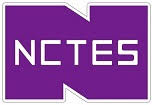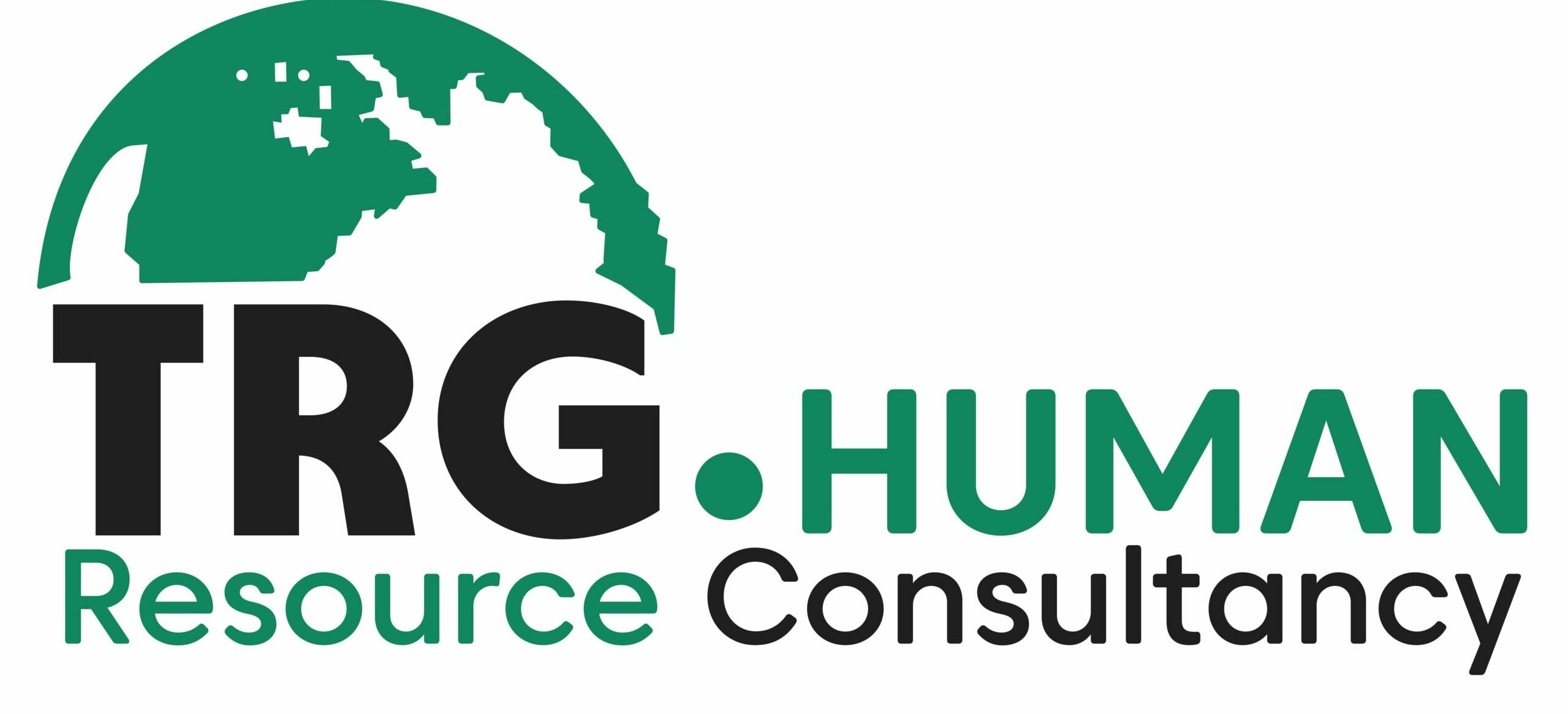Companies that manufacture and sell security equipment across the world make up the security industry. Licensed security agents, as well as groups that govern security agencies, services, and products, are all part of the business. Home security and business security technologies designed to safeguard computer systems from cyber assaults are examples of such goods.
Cyber criminals put the safety and security of different facilities all around the world at risk. Through the disruption of technology, the loss of data, and the exposure of highly classified and sensitive information, these crimes threaten to damage human lives as well as business and government security.
While many nations have their own security industries, the majority are dedicated to collaborating with other countries’ organizations and governing bodies to safeguard global security interests.
Professionals in the security sector have been studying the threats to private, corporate, and government security for decades in order to better identify strategies to provide improved protection. Individual organizations also exist to guarantee that security providers adhere to the highest levels of security requirements and that ongoing training is offered to keep providers up to date on industry changes.
Transportation sectors, industrial industries, government institutions, and a wide range of other essential infrastructures are all vulnerable to security crimes without a strong and coordinated collective.
The security industry’s continuous evolution has not slowed down, despite an extremely unique 2020. Several major technological developments are speeding up, such as the emergence of multi-perception technologies, the convergence of security systems, the popularity of artificial intelligence, and the use of cloud solutions.
These shifts are broadening and redefining the security industry’s purview, which now includes everything from keeping people and assets safe to building more secure, efficient, and intelligent settings.
Find Your Dream Job in Security Industry
Top Security Industry Trends
Few of top security industry trends are:
Intelligent video technology helping during the pandemic
Businesses are emphasizing finding methods to restart operations safely in the face of the COVID-19 pandemic. Intelligent video technology has showed significant promise in terms of assisting businesses in keeping their staff and customers safe when they return to work.
Security cameras using artificial intelligence (AI) monitor highly crowded areas to ensure personnel follow important safety procedures such as social distance, mask wearing, and flow management, as well as give initial temperature assessments.
In this stressful period, employees are avoiding needless physical contact with shared hardware, driving the market trend of touchless access control systems. Face recognition, palmprint recognition, NFC, and QR codes are just a few of the touchless authentication methods that are being extensively marketed.
Multi-dimensional perception
For a long time, the primary and sole perceptive capacity of video surveillance systems was the capture of visual pictures. Integrated security devices and systems that utilize numerous sensors are becoming viable thanks to the development and deployment of sensing technologies, more powerful edge computing, and intelligent algorithms. More perceptive capabilities are now being combined with video cameras and systems, such as radar detection, multispectral imaging, humidity and temperature monitoring, and gas pressure detection.
For instance, a promising technique now combines cameras with centimeter- and millimeter-wave radar technology, which may expand perception beyond the optical range to include object recognition and movement tracking up to and beyond 100 meters. Cameras can also use multispectral images to perceive information from the non-visible light spectrum. Innovative ultraviolet (UV) detection, for example, improves camera vision to the point of recording invisible electric arc events; this technology is useful in safety inspections on aged power grids.
Multi-dimensional perception skills will be critical in advancing the video security business, and we are seeing an increasing number of integrated security devices and systems with many sensors.
Visibility – Any time, any condition
Users have learned to anticipate consistent performance from their video cameras regardless of the season, weather, or time of day. No matter what time of day or night it is, or how terrible the weather is, having cameras that can respond quickly and record good images is critical.
Low light imaging technology, which gives colorful images in dim situations and at night, is becoming increasingly popular in the security business, and consumers have expressed a preference for cameras that provide color imaging 24 hours a day, seven days a week. Low light imaging technology is increasingly found in more front-end cameras, ensuring that they can “see” and reproduce picture color at all times of day and night.
How do cameras maintain vision in other severe circumstances like heavy rain, snow, fog, or smog? Thermal imaging, which monitors heat – or thermal radiation – to create images from their area of view, is becoming increasingly popular among industry experts. Even the most light-obscuring of these circumstances have no effect on the produced image using thermal imaging.
5G technology for UHD and wireless video security
The security business may see significant changes as a result of 5G technology. With the increasing deployment of ultra-high-definition (UHD) cameras, 5G’s higher bandwidth and reduced latency enable the frequent transfer of high-quality pictures, which might open up new potential for video security.
Furthermore, the present wired video surveillance industry will be revolutionized by dependable wireless transmission using 5G technology. Wireless cameras will grow in future 5G networks, and more edge devices will be connected in remote areas. This will also make it easier to deploy AI applications in edge devices on a large scale and quickly.
In this stressful period, employees are avoiding needless physical contact with shared hardware, driving the market trend of touchless access control systems. Face recognition, palmprint recognition, NFC, and QR codes are just a few of the touchless authentication methods that are being extensively marketed.
Convergence of multiple security systems
We work in a field where customers want complete solutions. The great majority of security experts have long wanted the notion of systems that function in unison.
Converging different security systems – including video, access control, alarm, fire prevention, and emergency management – into a unified platform has several advantages, the most obvious of which are efficiency and cost-effectiveness. When an alarm goes off, for example, an integrated system instantly ties that alert to the output of the nearest camera, allowing the monitoring center to see the entire scenario.
Convergence also allows security systems to scale. On the same central platform, existing infrastructure will meet and manage future demands.
Digital transformation of enterprises enabled by video security systems
Aside from security and safety, the added value video security systems provide has grown to include assisting enterprise-level organizations with their digital transformation and gaining insights into development prospects.
Today’s smart video security systems, which are powered by AI analytics, are meant to increase automation and operational efficiency in a variety of vertical sectors, including traffic, retail, manufacturing, construction, education, and more. With the aid of smart video systems, retailers can better assess foot traffic in their stores and enhance their merchandising strategy.
Digital dashboards have been included into these solutions to display data and information from the integrated in-house corporate information systems. These systems can provide operators with real-time status updates to assist them in making the best decisions for their organization.
The trend of digital transformation in many businesses provides enormous potential for security firms to broaden their reach and play a key role in the future of an intelligent world.
Increased edge computing to put AI everywhere
Security cameras now have access to more sophisticated edge computing, and we’re seeing more intelligent algorithms find wider uses. Edge computing, we believe, has a high possibility of “placing AI everywhere.”
In the security industry, AI applications such as automatic number plate recognition (ANPR), automated event alert, people counting, heat mapping, illegal parking detection, and hard hat detection, as well as a variety of other AI applications, are gaining traction. With increasing edge computing and better AI algorithms, security cameras will soon be able to do more intelligent activities to assist improve security in local communities.
Emphasis on cyber security and data privacy
Since the first security equipment was connected to the internet, cyber security and data privacy protection have been a concern for the security sector. Millions of security devices and systems are now connected thanks to an increase in cloud-based solutions and a range of novel technologies such as IoT, big data, 5G, and AI.
Data privacy and the protection of security devices and systems against cyber attacks are more essential than ever. Cyber security will remain a problem for the industry at every stage of data processing, from data production, transport, and storage to data applications and destruction.
Open AI application ecosystems
With AI applications being used in a variety of new sectors, market demands for AI algorithms are diversifying, and the desire for customization is growing. We’ve seen increased cross-industry collaboration and the creation of new ecosystems to meet the market’s different demands.
Several security companies have started program to keep their edge devices accessible to AI applications from third parties. As a result, there is a wider range of intelligent functionality available, and development partners benefit from the openness as well.
Customers may directly develop and train their own algorithms on open AI training platforms, which is a standard approach in other sectors and is now gaining traction in the physical security area. Customers have a better grasp of their own companies, and using easy-to-use open-AI training platforms to create their own algorithms based on their data and particular security and business demands will be more efficient and successful.
Jobs and Careers in the Security Industry
The most in-demand Security jobs include:
Security Engineer
A security engineer’s job is to guarantee that systems are safe from assault or disaster. This includes everything from the electricity grid to closed computer systems in private businesses. When it comes to computer systems, security engineers are also known as information security engineers or cyber security engineers.
Security Analyst
In cyber security, security analysts, sometimes known as information security analysts, work. To secure an organization’s computer systems and networks, security analysts create and implement preventive procedures and programs. They are in charge of reacting to cyber-security breaches. They compile findings and make changes to avoid future breaches.
Security Consultant
Outside contractors that are recruited by a company to improve or create security procedures are known as security consultants. They are occasionally employed in-house. Security consultants may offer broad security advice or specialize in a specific field, such as information security or workplace violence prevention.
Security Officer
Security officers keep an eye on people and property while enforcing the law in their assigned region. To guarantee safety and security, security guards may utilize alarms and surveillance technology, regulate entry at a gate, or patrol a site on foot. A security officer may work 2nd and 3rd shifts, or a standard workweek, depending on the position.
Security Specialist
The technological components of an organization’s security systems are managed and maintained by security professionals. This might include everything from keycard entry systems to website development and digital security. This is usually an entry-level or mid-level IT security position. Most roles require prior work experience in a security profession and knowledge with basic security procedures.
Protection Officer
Work as a protection officer is more demanding than that of a normal security guard, and it necessitates threat assessment skills. Certification with the International Foundation for Protection Officers, which validates knowledge and proficiency in the most up-to-date standards for private security, may be required for protection officer positions.
Security Guard
Security guards keep an eye on people and property while also enforcing the law and the regulations of the premises. To guarantee safety and security, security guards may utilize alarms and surveillance technology, regulate entry at a gate, or conduct foot patrols on a site. Some security officers keep an eye on people. Others keep an eye on private, business, or government buildings. Some security guards are required to carry firearms.
☆Trusted By over 500+ Industry Leaders and Large Corporations
























